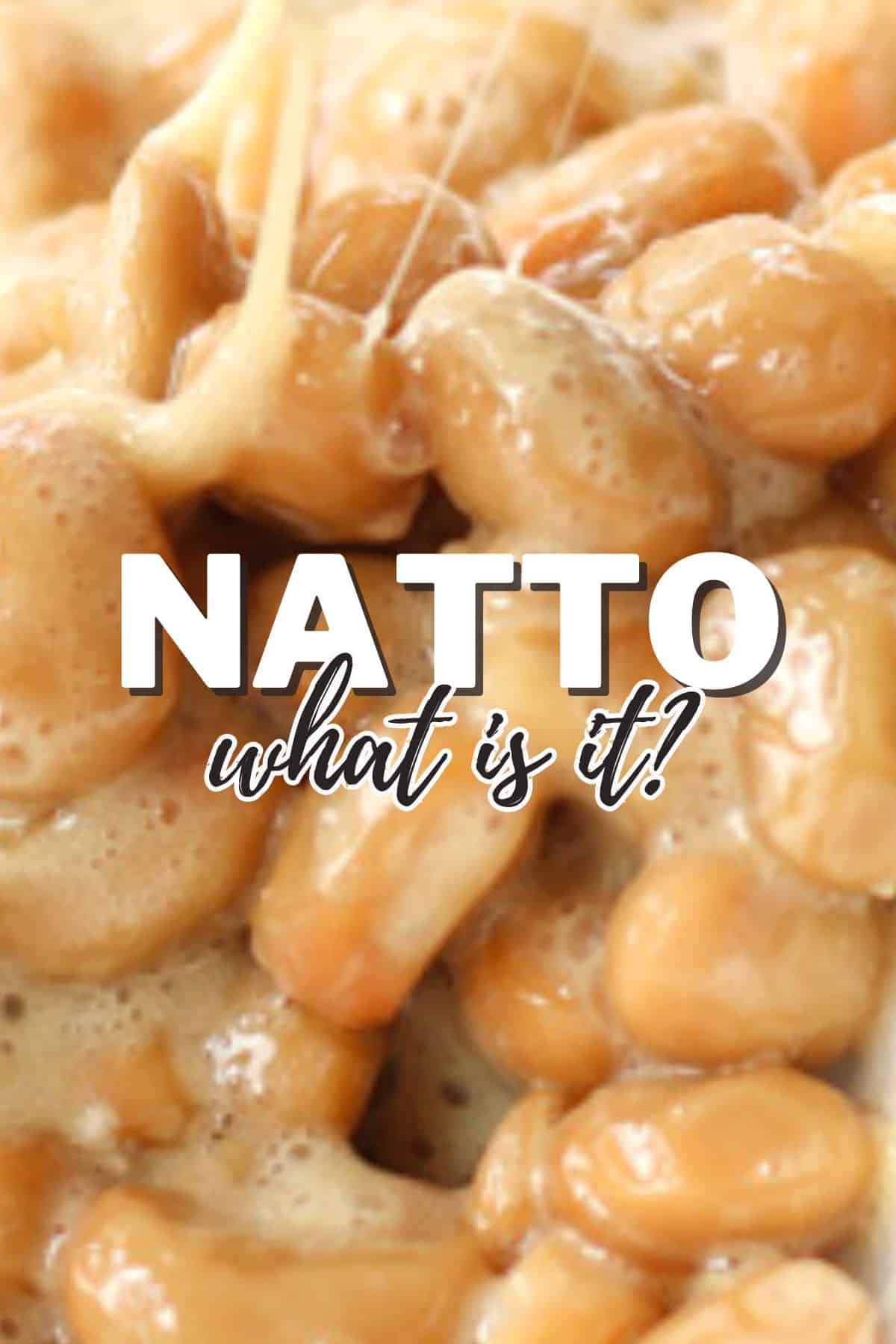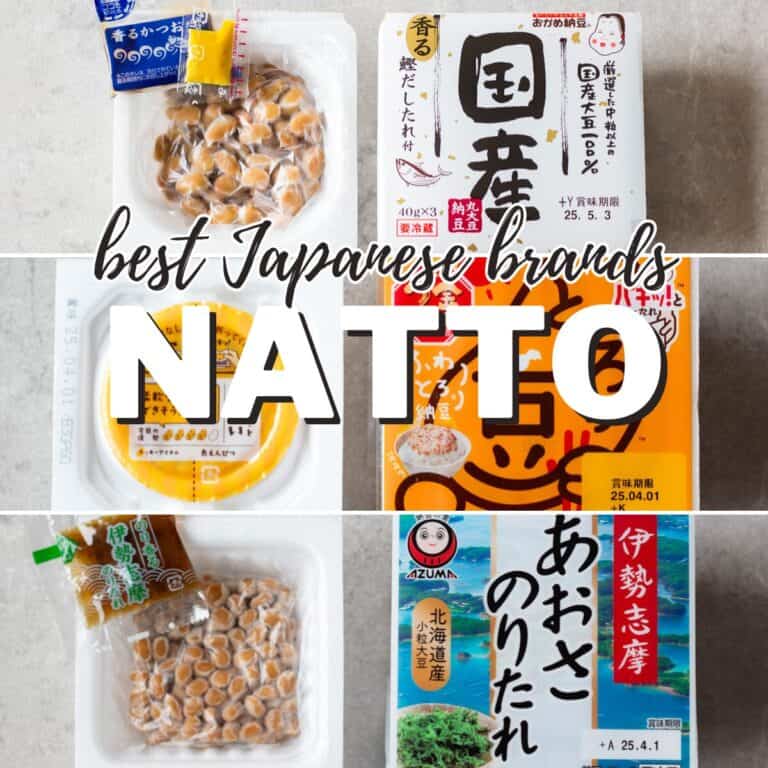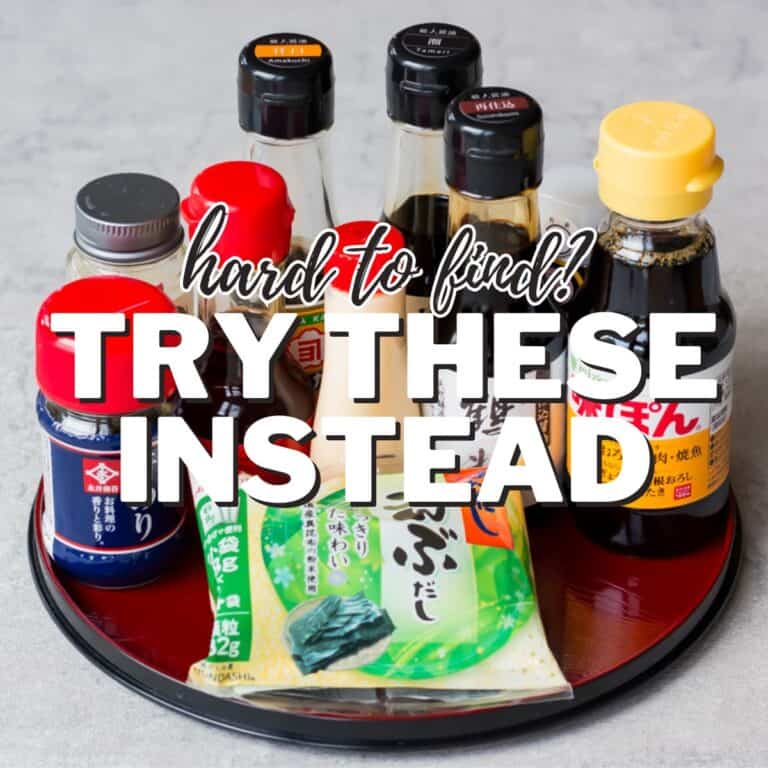What is Natto? A Quick Guide to Japanese Superfood
What is natto? Natto is a traditional Japanese food made from fermented soybeans, known for its strong flavor, sticky texture, and bold aroma. It’s gaining popularity outside Japan as more people get curious about this unique, flavorful ingredient! Let’s dive in and explore what makes natto so special!
Looking for various ways to cook natto? Try these 13 simple natto recipes!

What is Natto?
Natto is a traditional Japanese food made by fermenting soybeans. Soybeans are transformed into natto by being steamed and then fermented with natto-kin (a type of bacteria). During the fermentation process, the beans develop a unique stringy texture and a strong aroma.

What is Natto Made of?
Natto is made from soybeans and Bacillus subtilis (natto-kin), a type of bacteria that initiates the fermentation process. The soybeans are steamed and mixed with the natto-kin, which breaks down the beans and transforms their texture into a sticky consistency. This fermentation process also gives natto its distinct flavor and boosts its nutritional value.
What Does Natto Taste Like?
Natto can be slimy, gooey, and sticky, which might be a bit off-putting for first-timers. But once you get past that, the taste is actually pretty unique—there’s a subtle sweetness from the soybeans and a savory umami kick from the fermentation. Check out “What Does Natto Taste Like?” for some tips on how to enhance its flavor!

Where to Buy Natto
At Japanese grocery stores or Asian grocery stores, natto is usually found in the refrigerated section, often near tofu or pickled foods. If you’re shopping in a store outside Japan, check the frozen section, as natto is sometimes sold frozen for better shelf life.
Natto Packaging
When you buy natto at a store, you’ll typically find it in small, square-shaped styrofoam packaging, usually bundled in sets of three. These packages are wrapped in clear plastic, making it easy to see the brand and any additional information on the label. Each pack has about 50g of natto—just the right size for one serving.

Which Natto to Choose?
Natto’s flavor and texture can vary depending on the size and type of soybeans used, as well as the sauce it comes with. Here are some tips on choosing natto that suits your taste.

Choosing by Bean Size
The size of the beans affects both the texture and taste. Small bean natto is the most popular because it has a mild taste and a softer, less chewy texture compared to larger beans. Learn more in types of natto.

Choosing by Popular Brand
Well-known, long-selling natto brands like Takano Foods provide consistent quality that many people enjoy. Learn more in Popular Japanese Natto Brands!
How to Eat Natto
Most store-bought natto comes with a packet of sauce and mustard, which you can mix in to enhance the flavor. In Japan, a popular way to enjoy natto is by placing it on top of steamed rice, known as natto gohan. This simple dish is a favorite breakfast option for people of all ages. For more ways to enjoy natto, check out this “Natto for Beginners: How to Eat and Enjoy It!”

Mix with Natto sauce
Remove the film and mix in sauce and karashi and mix well.

With Rice
Serve the natto over hot rice for a classic Japanese breakfast.
Homemade Natto Recipe
If fresh natto isn’t easily accessible, making your own is a great option! You can use either a natto starter or store-bought natto to introduce the natto-kin. Here, I’ll share a simple recipe using store-bought natto.

- Soak the Soybeans – Cover soybeans with water and soak for at least 8 hours until they double in size.
- Cook the Soybeans – Drain and pressure cook with fresh water until soft. Drain again.
- Mix with Natto – While hot, mix the soybeans with store-bought natto in a sterilized container.
- Ferment – Cover with a paper towel and ferment in a yogurt maker at 45°C (113°F) for 24 hours.
- Store – Once sticky, transfer to an airtight container and refrigerate.
Tasty Recipes Using Natto
To get the full benefits of natto, eating it raw is ideal. But if that’s not your thing, you can also enjoy it in many delicious ways! Check out these posts for simple and tasty natto recipes:

Your Questions Answered
Natto is a traditional Japanese dish made by fermenting soybeans. Its flavor is a unique blend of savory and slightly sweet notes, with some comparing it to the flavor of aged cheese. However, its distinctive sticky texture can be off-putting to many people.
In the fermentation process of natto, various substances are produced as the natto-kin bacteria break down proteins. It’s the “glutamic acid” and “fructan” formed in this process that make natto sticky. (source)
If you want to minimize the taste, you can mix natto with strong-flavored ingredients like soy sauce, mustard, garlic, and spices. This can help mask the taste while enjoying its nutritional benefits.
To maximize the benefits of natto, it’s ideal to consume it at a cold or room temperature (nattokinase will die over 70 °C). However, if this doesn’t appeal to your taste, you can also cook it with other ingredients and enjoy it hot.

Want More Plant-Based Ideas?
Download 10 Vegetarian Recipes









Thank you for such an amazing article about the amazing health benefits of this super healthy underrated Japanese food that I’m planing to try and eat for my bone health due to its high vitamin K and calcium content because I’m trying to keep my bones nice and strong as I age and prevent against osteoporosis because it’s not a good disease and that’s why I’ll eat natto for my general health and help my bones grow strong, I love natto so much. It’s pretty underrated. One of those foods I’ll definitely be eating for my bone health. Never tried it but it looks yummy. Best ever! I love this Japanese food and Japanese food so much!
Thank you for such a nice comment, Everlyn! I’m glad to hear that this is a helpful article for you. I hope you will enjoy my natto recipes and stay healthy:)